Presenting Power Online
October 2021
One of the things I have always loved about the United Nations is how it brings the whole world together – representatives from literally every country in the world gather under one roof to discuss the future of the planet.
I have been working as a photographer within this space, tracking and documenting the global negotiation process on issues relating to the environment and development. It’s an interesting space to be – not only because the topics are so important and relevant, but also because the negotiations are so high-level, often involving presidents, heads of state, ministers and government officials. It is a space where power lives and shows itself regularly.
For the past six years I have physically been in this space, on-site at many meeting to document and capture decisions made and processes followed. But COVID-19 changed all of that. With global travel grounded to a halt and most countries in varying levels of lockdown for more than a year, it became impossible for the UN to meet. We, like everyone else, moved online using meeting and streaming platforms to bring the world together again, connecting us during these strange times.
But what does power look like virtually? What symbols denote power and how do political leaders choose to represent themselves and their countries? The UN General Assembly offered some interesting perspectives.
For starters, there are a lot of flags. This makes sense – the easiest way to represent an entire nation is through the national flag and these were present in abundance. But it turns out there were a whole number of different ways that people chose to represent their power.
The Standing Standard
The standard look, of course, was delivering a statement while standing at a podium with the national, and possibly the UN flag, flanking them on either side. This was done in abundance.

Emmanuel Macron, President of France
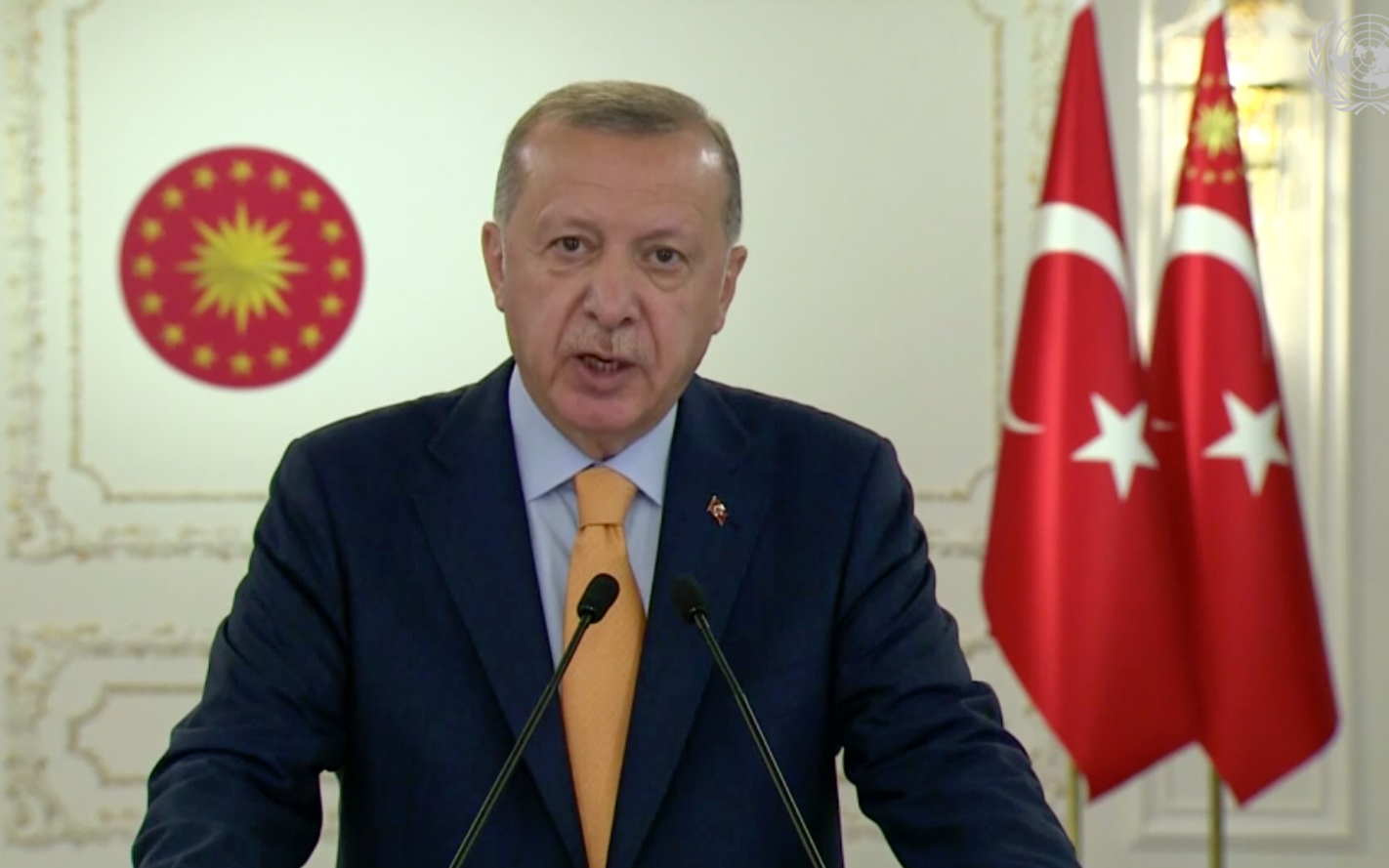
Recep Tayyip Erdoğan, President of Turkey

Nicolás Maduro, President of Venezuela
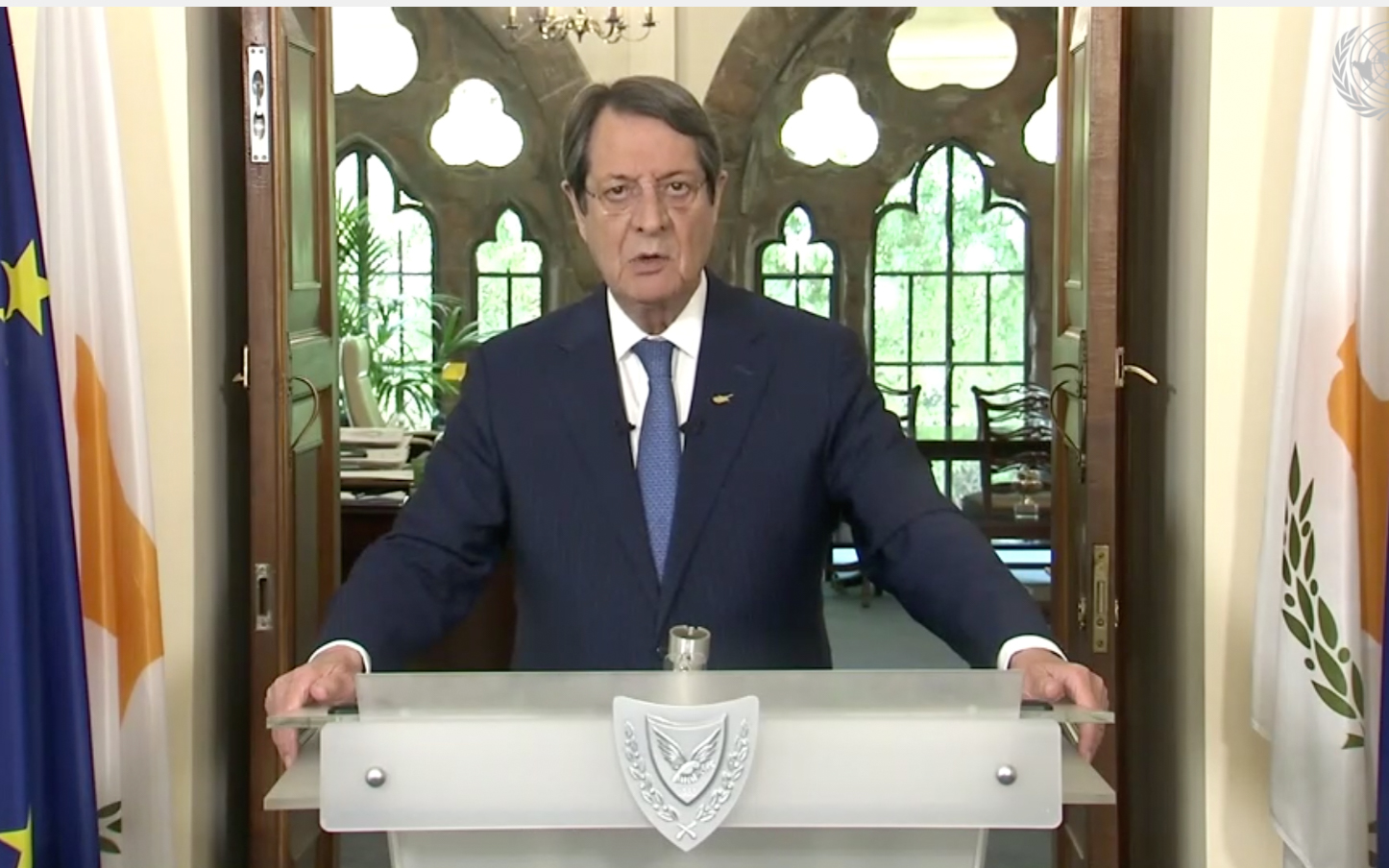
Nicos Anastasiades, President of Cyprus
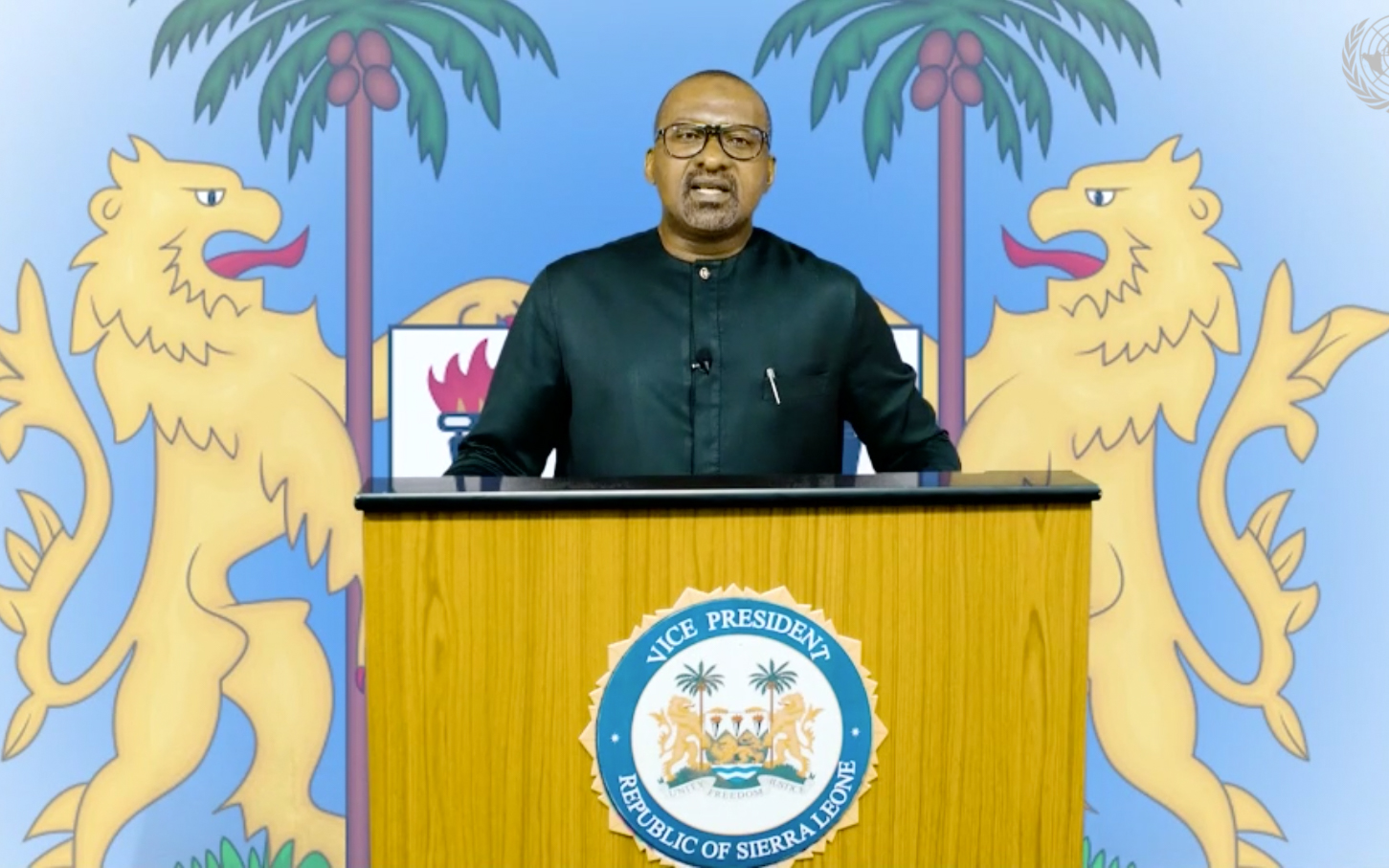
Mohamed Juldeh Jalloh, Vice-President of Sierra Leone

Ion Chicu, Prime Minister of Moldova
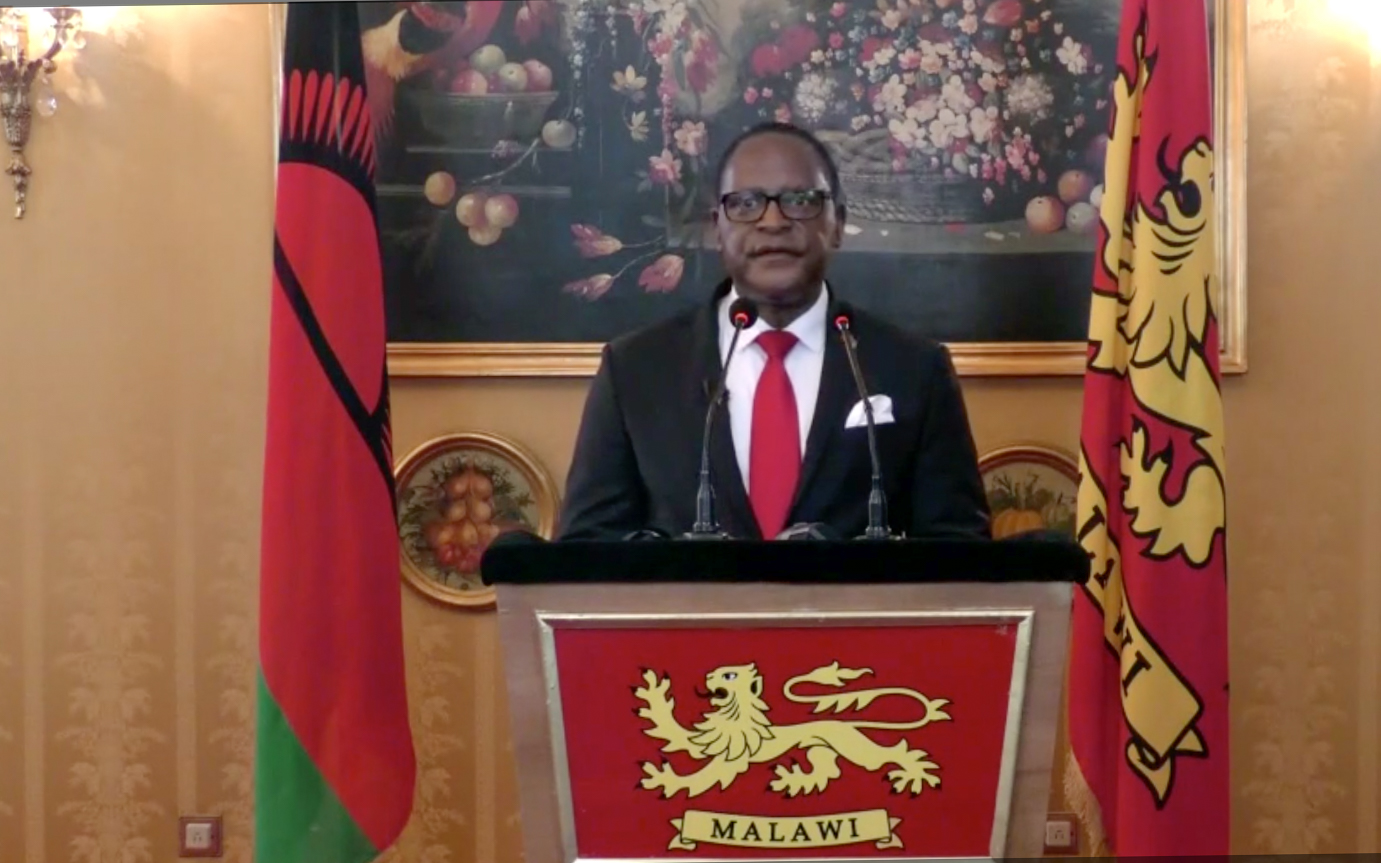
Lazarus Chakwera, President of Malawi
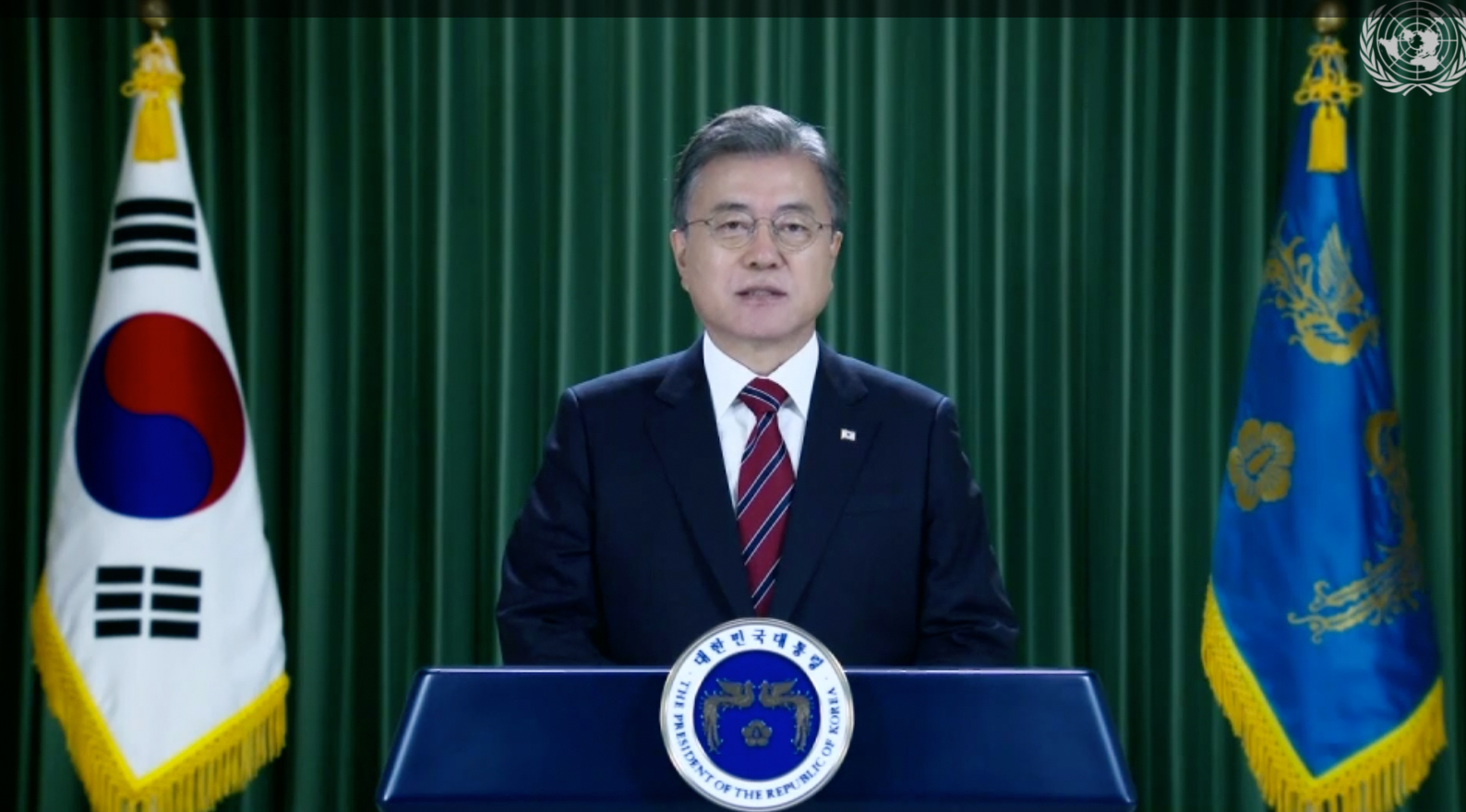
Moon Jae-in, President of the Republic of Korea
The Sitting Standard
Others opted for the same style, but sitting down instead of standing up.
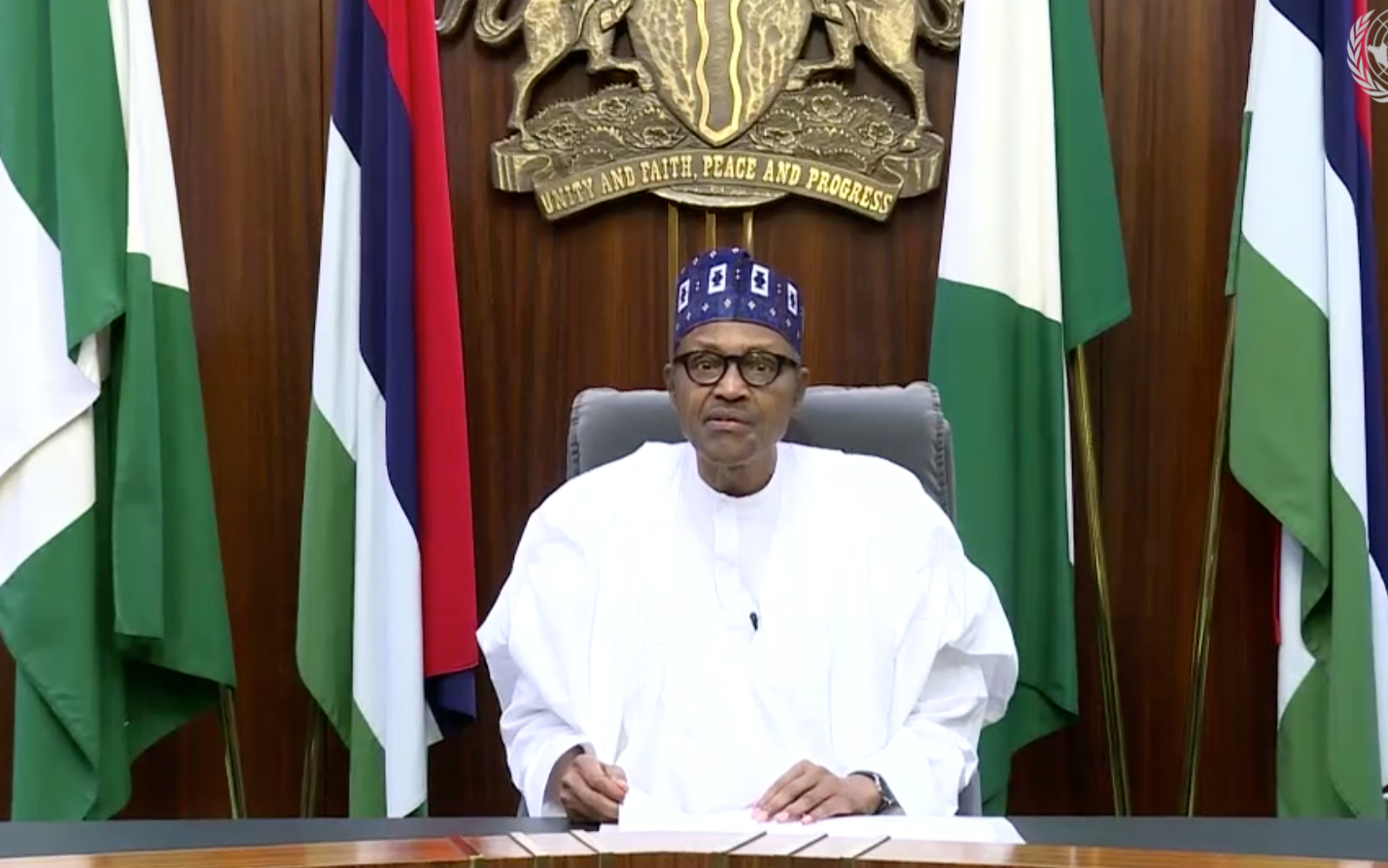
Muhammadu Buhari, President of Nigeria
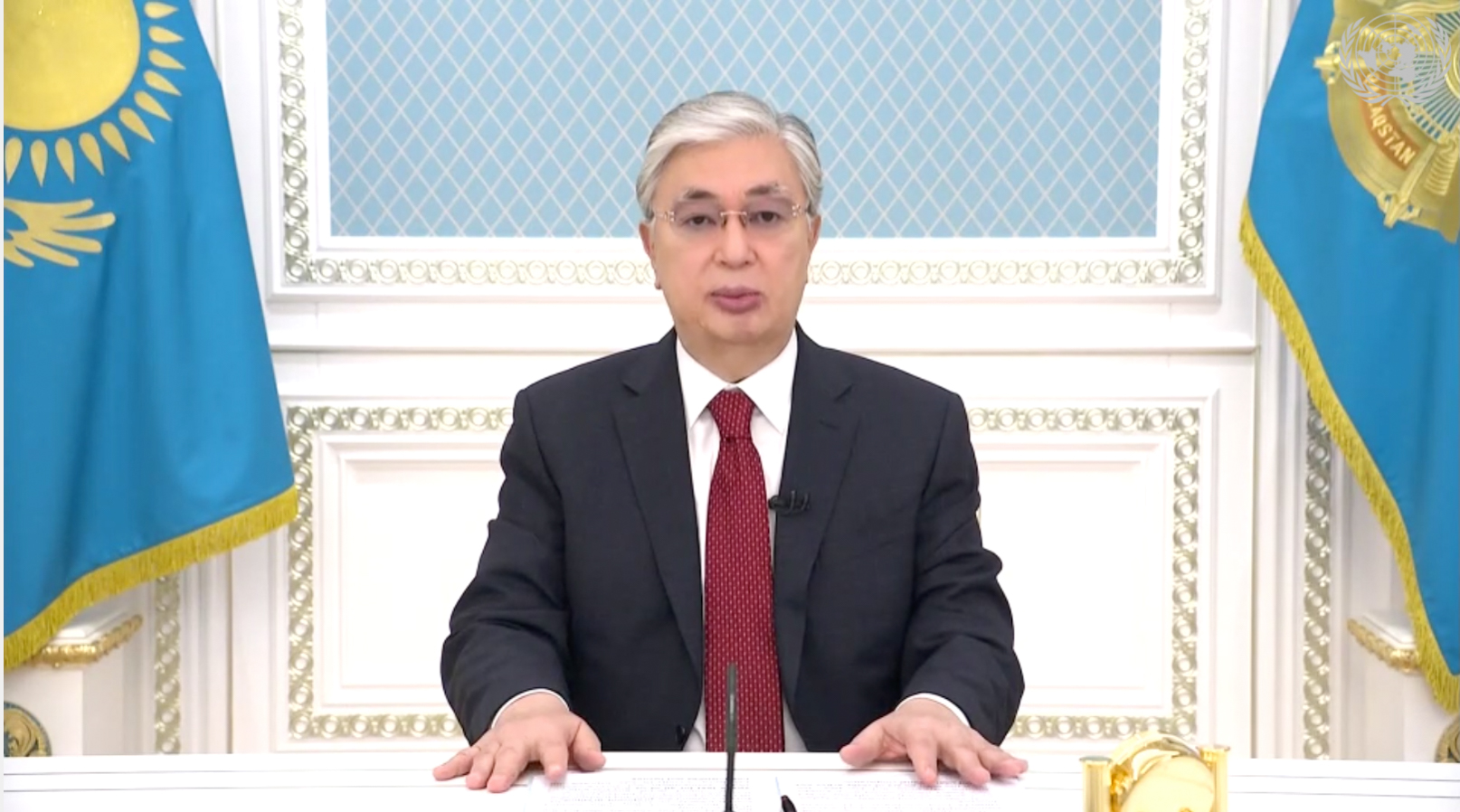
Kassym-Jomart Tokayev, President of Kazakhstan
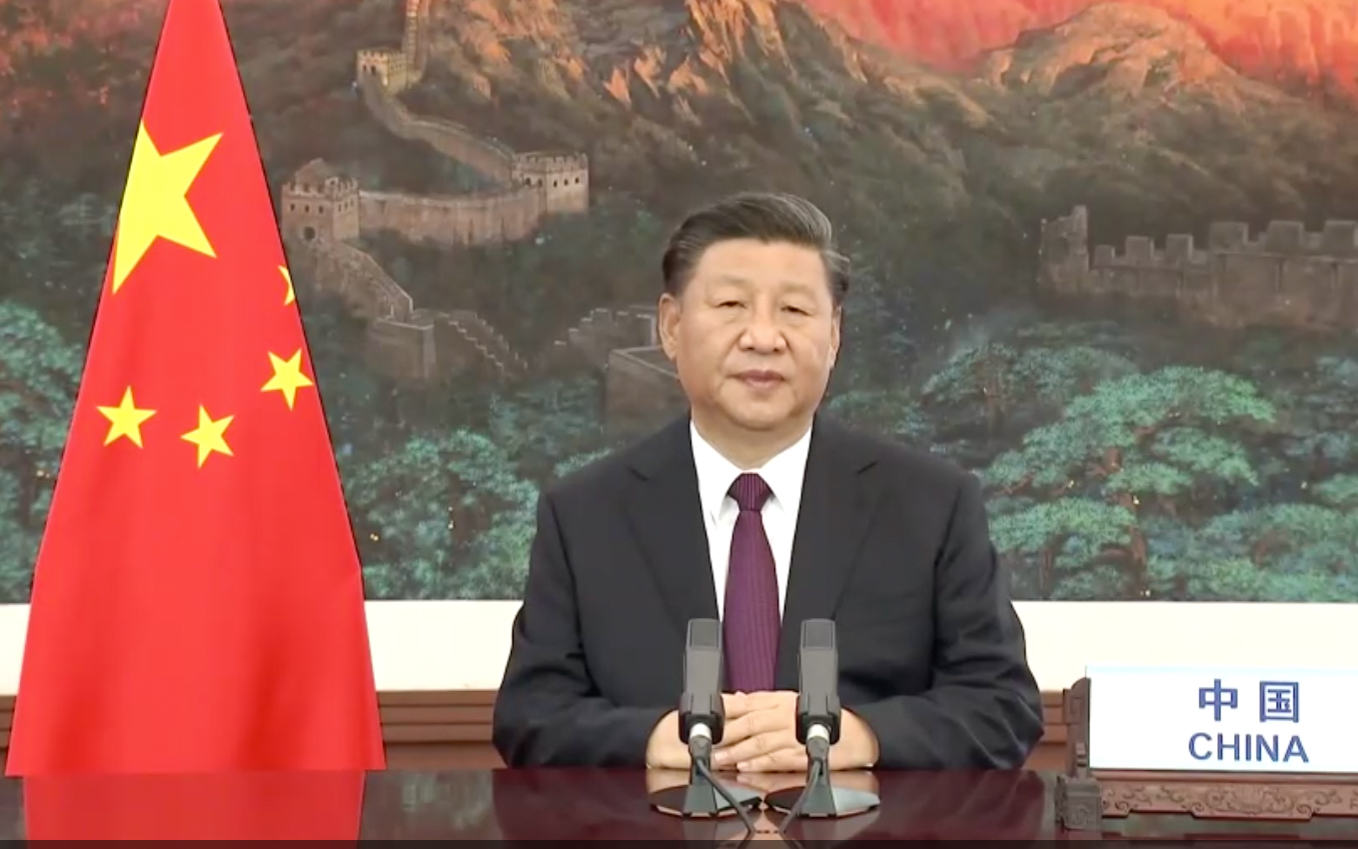
Xi Jinping, President of China
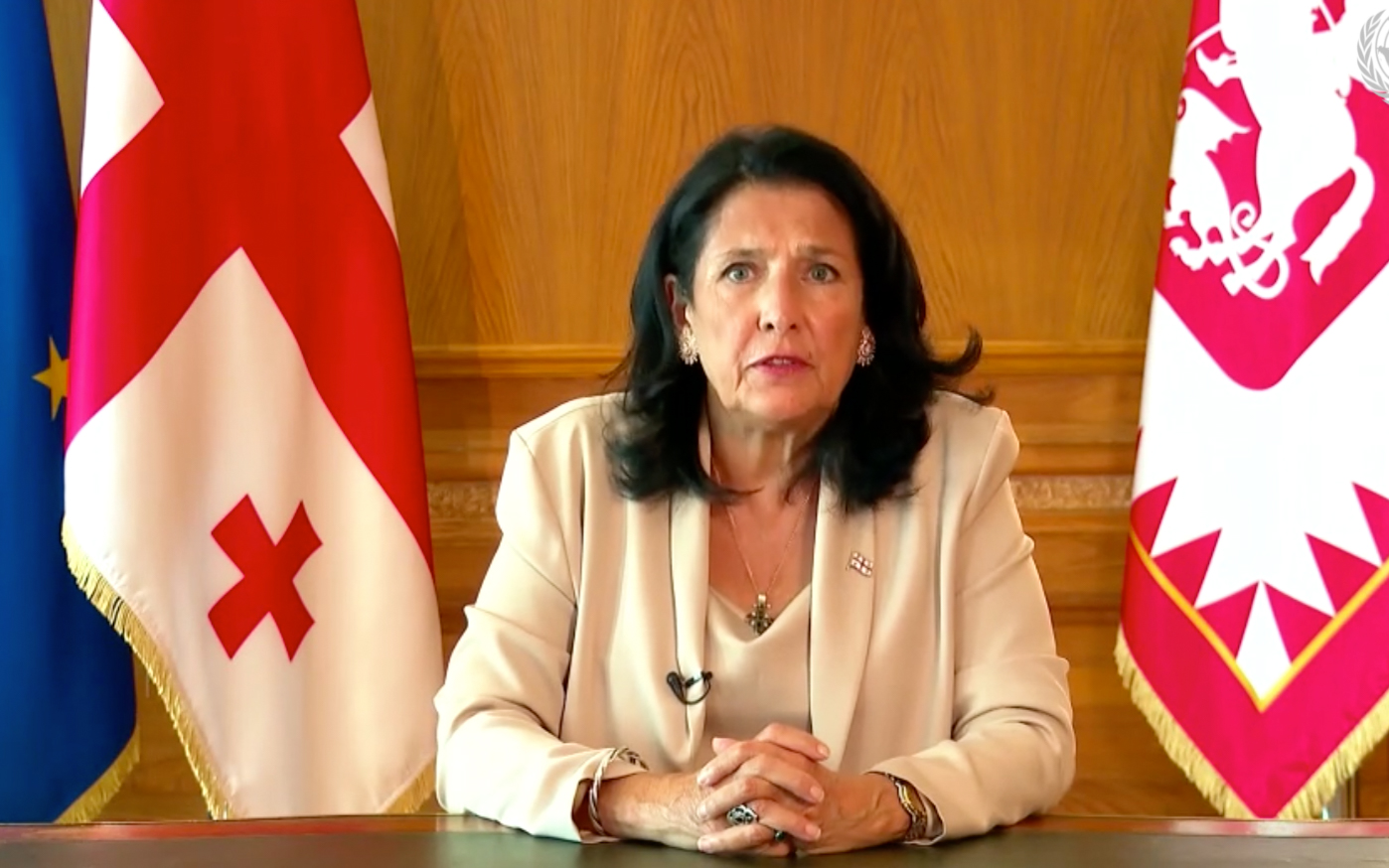
Salome Zourabichvili, President of Georgia
The Personable Look
Some world leaders kept the classical look of the flags, but lost the podium and desk, giving them a more personable and relatable look.
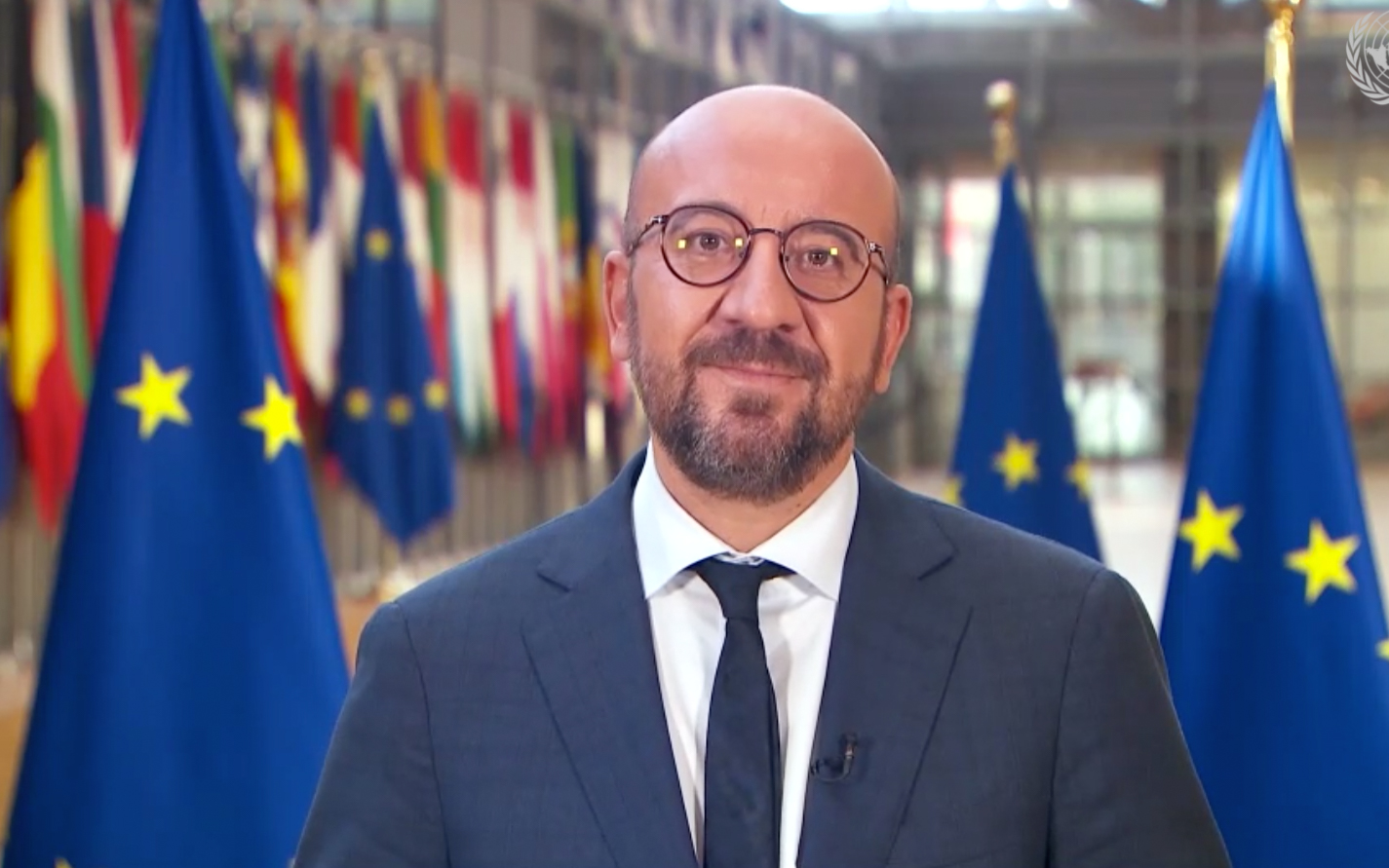
Charles Michel, President of the European Council
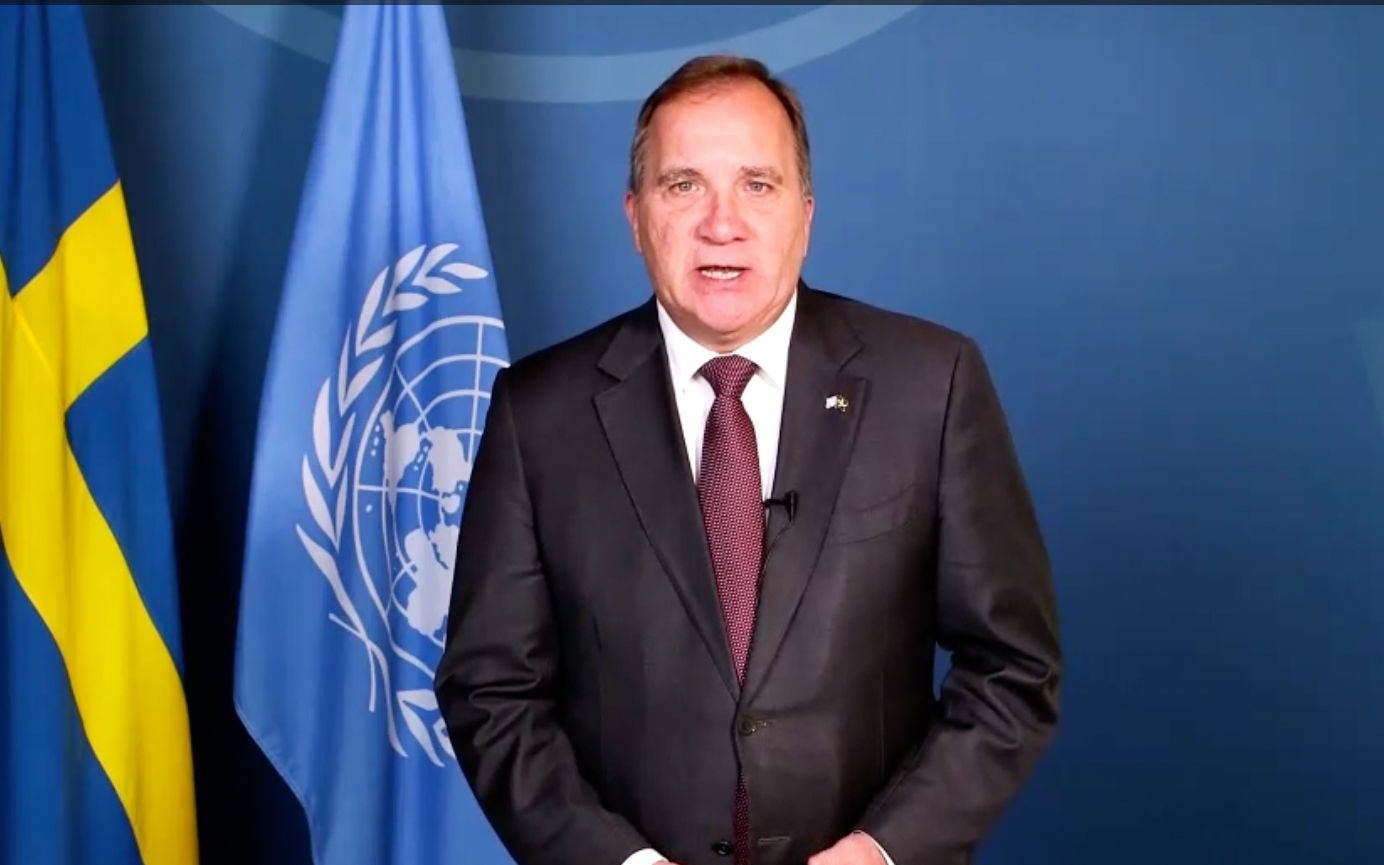
Stefan Löfven, President of Sweden

Narendra Modi, Prime Minister of India

Irfaan Ali, President of Guyana
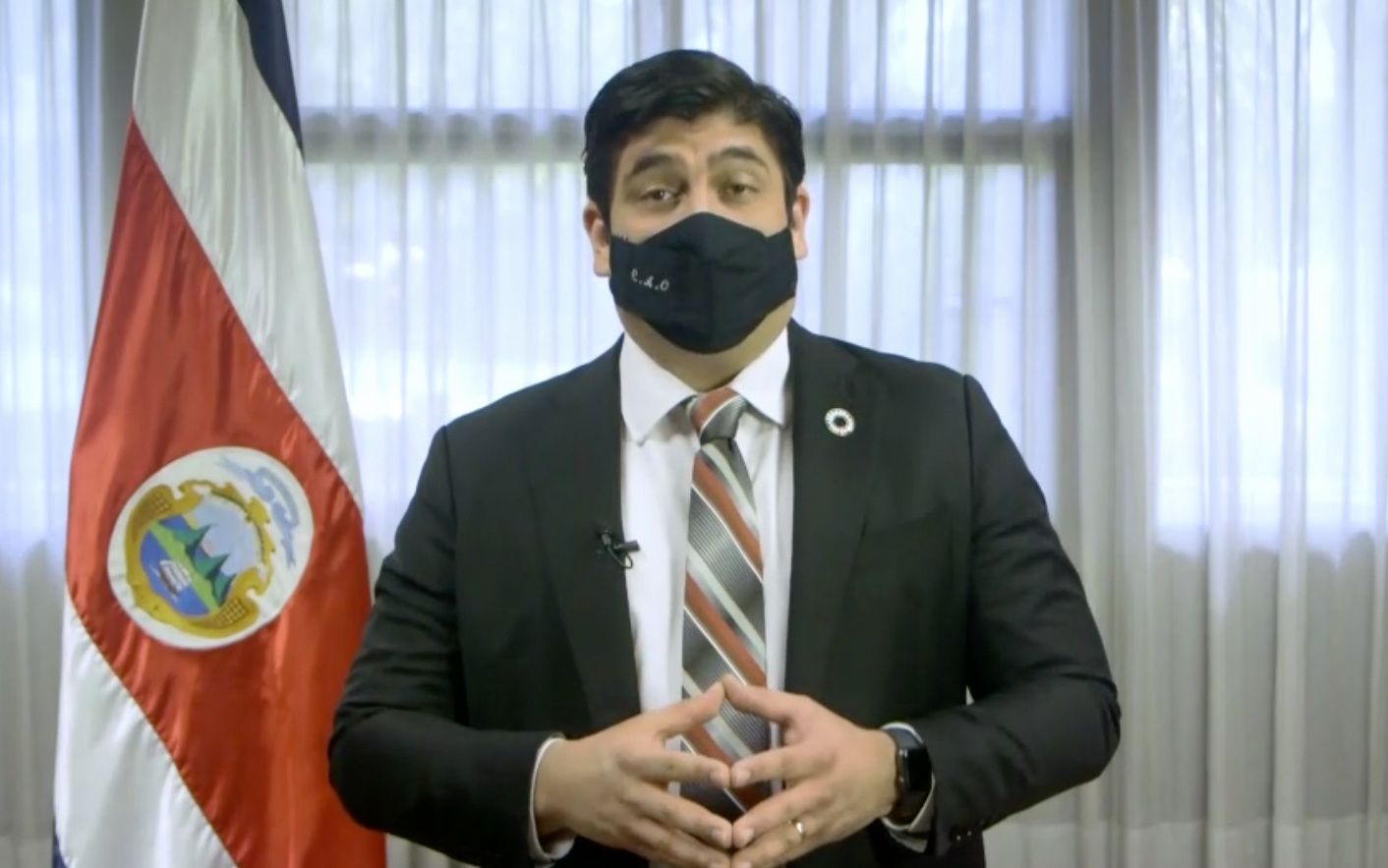
Carlos Alvarado Quesada, President of Costa Rica
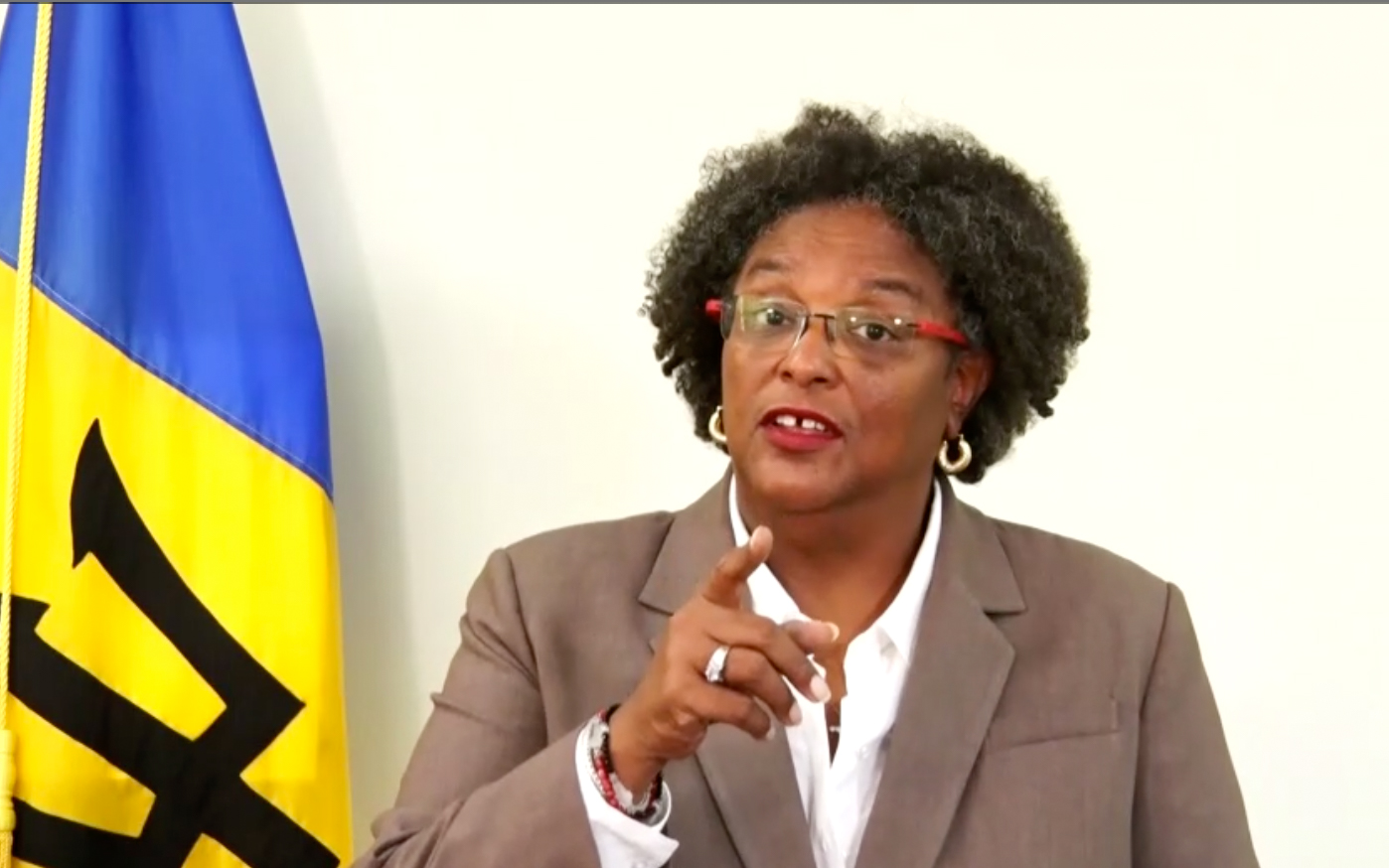
Mia Mottley, Prime Minister of Barbados
The Armchair Look
A few world leaders really wanted to make us feel comfortable, delivering their statements from their armchairs.

James Marape, Prime Minister of Papua New Guinea

Xavier Espot Zamora, Prime Minister of Andorra
The Private Office and Library Look
Other world leaders decided that the library was the best place to be, all the knowledge of the world behind them.
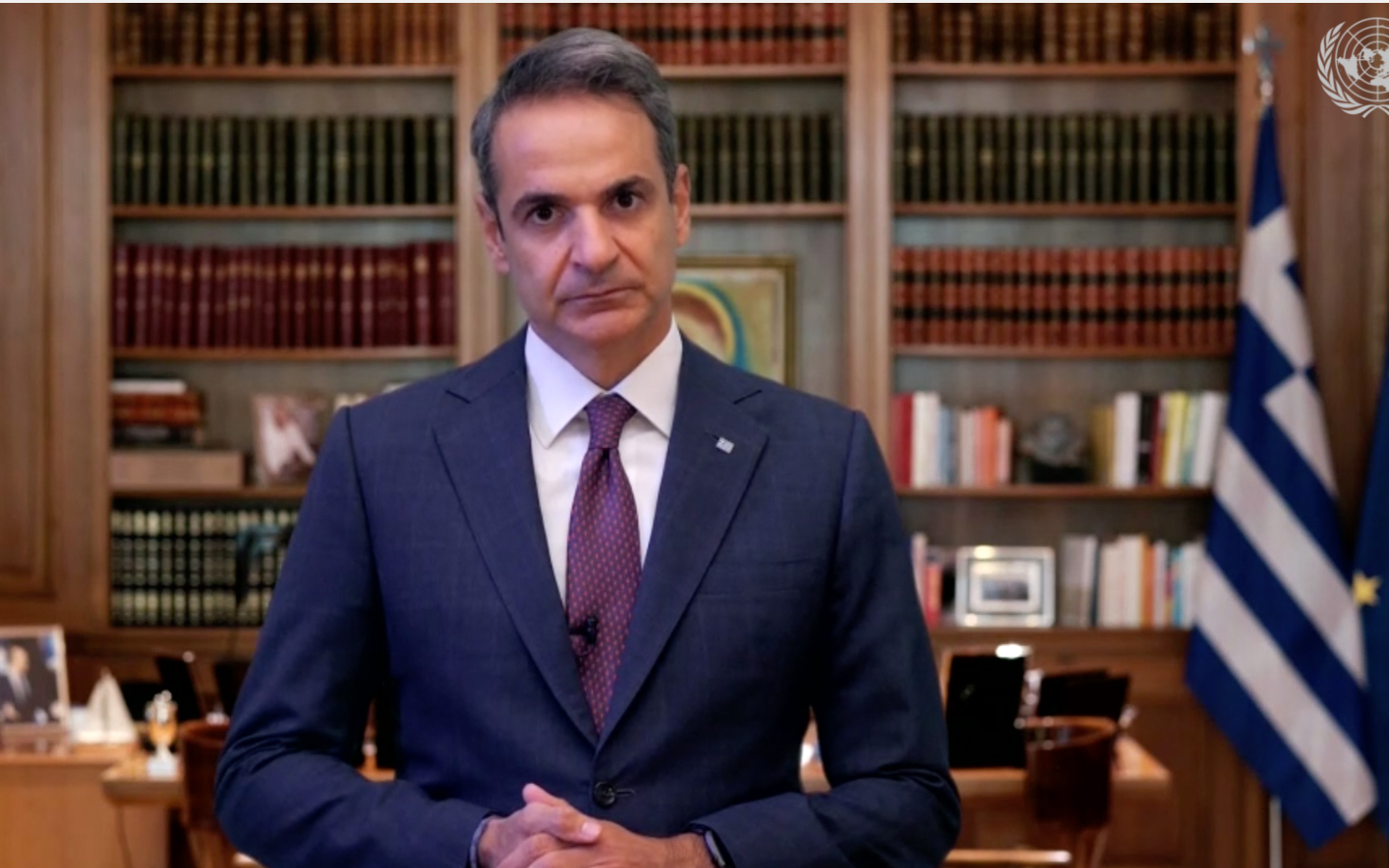
Kyriakos Mitsotakis, Prime Minister of Greece

Justin Trudeau, Prime Minister of Canada
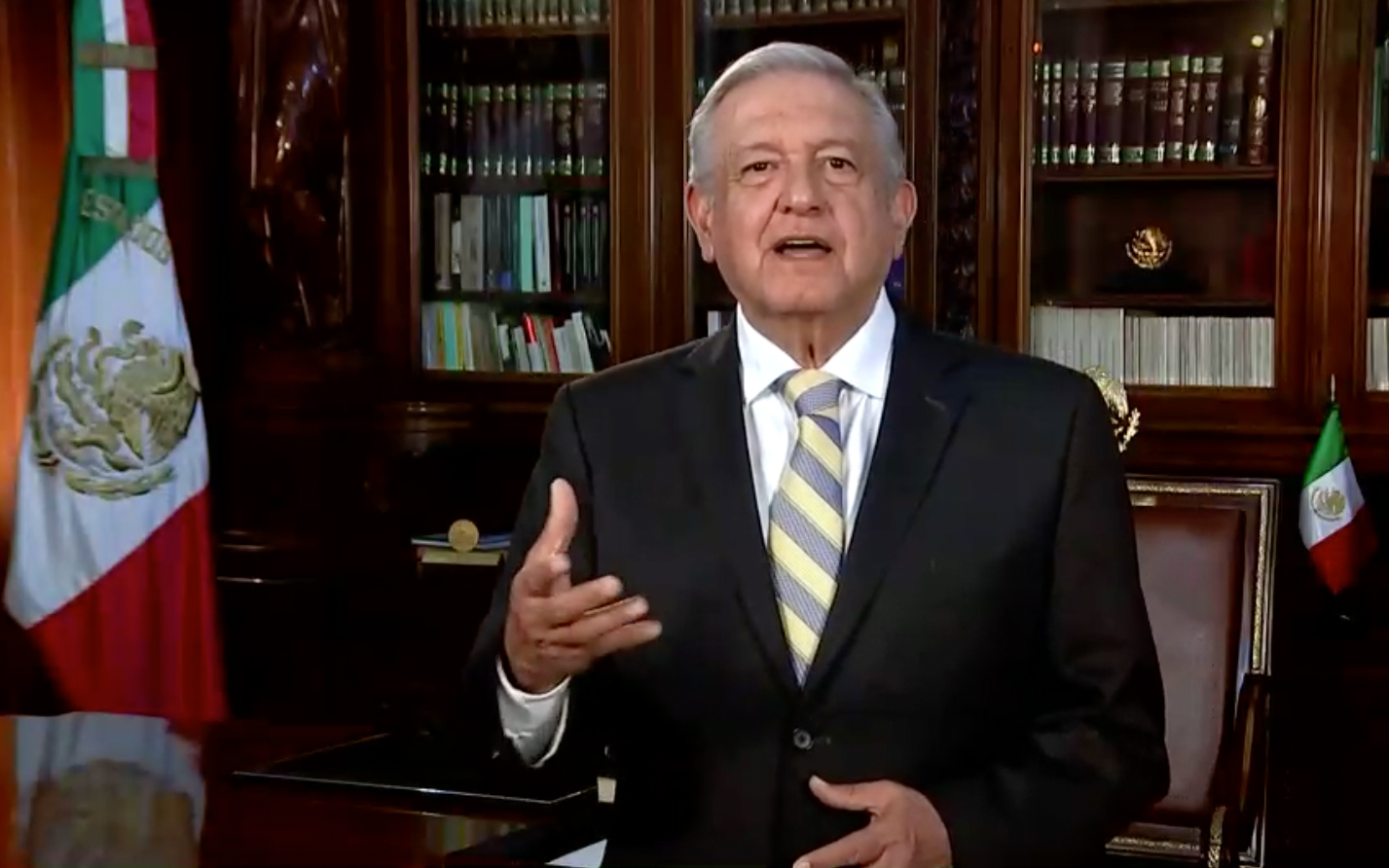
Andrés Manuel López Obrador, President of Mexico
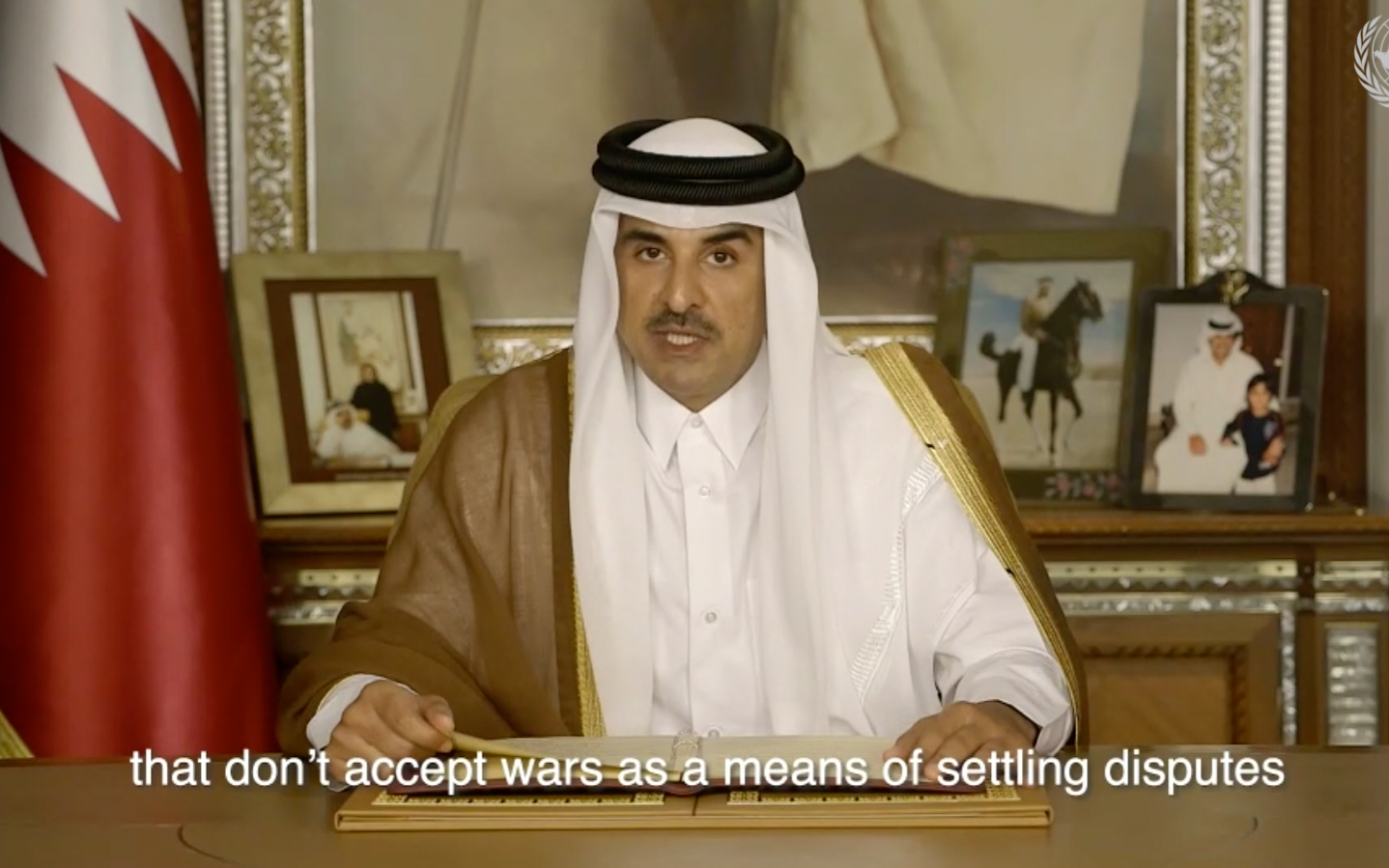
Emir Tamim bin Hamad Al-Thani, Emir of Qatar
Iconic or Deeply Cultural Look
Some world leaders opted to have iconic representations of their country, either through classic national symbols, or deeply cultural symbols that seemed to hold meaning.
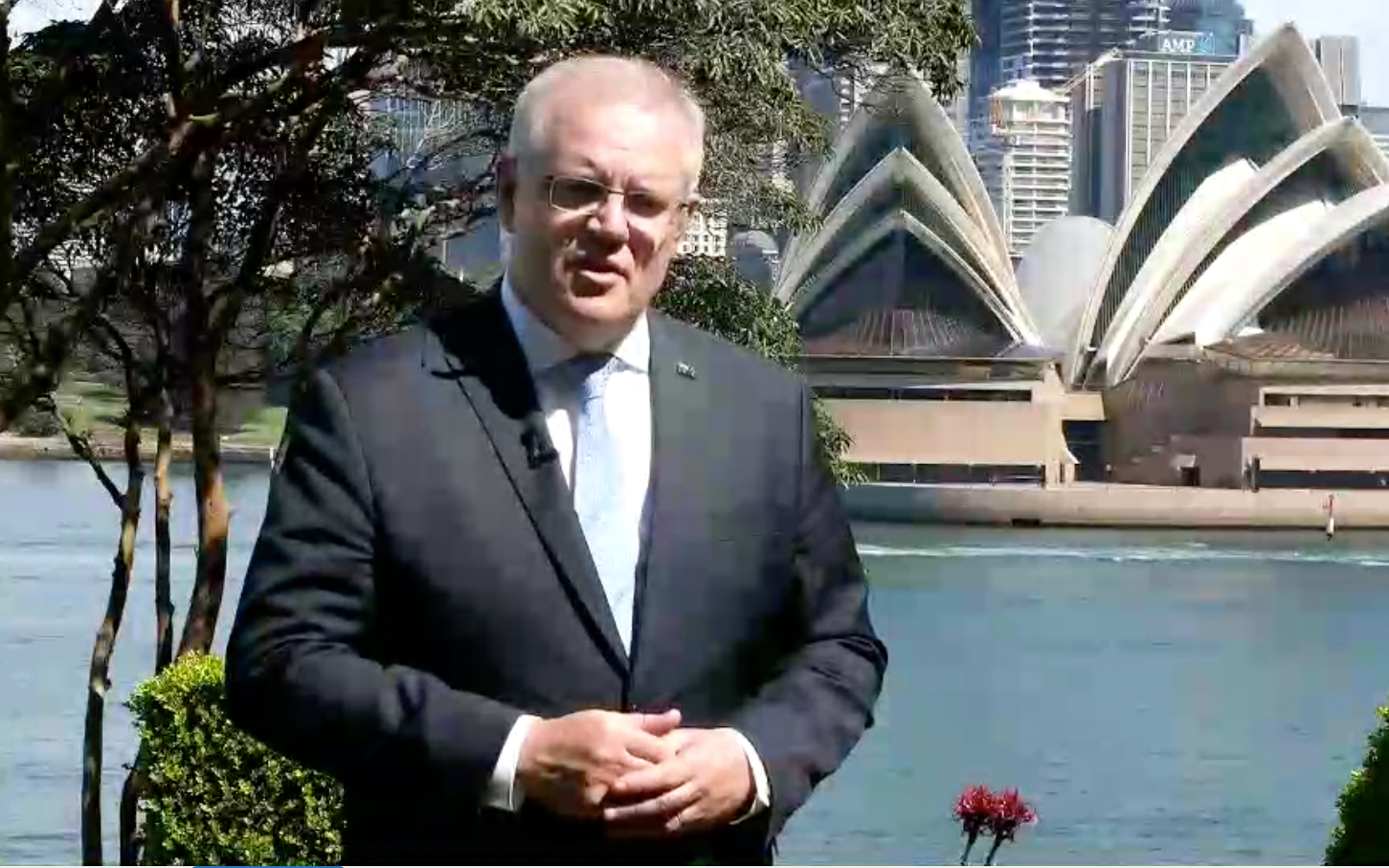
Scott Morrison, Prime Minister of Australia
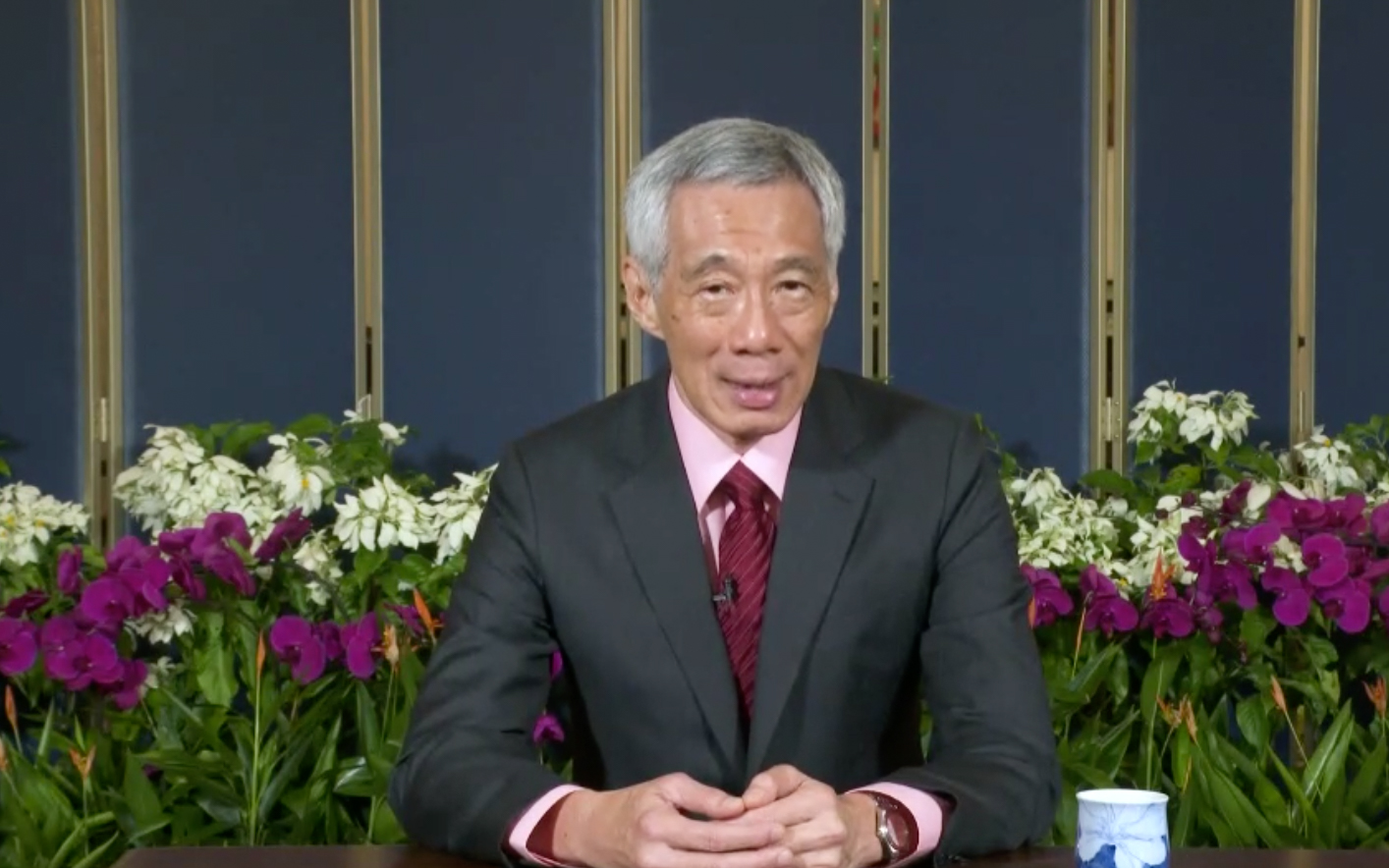
Lee Hsien Loong, Prime Minister of Singapore
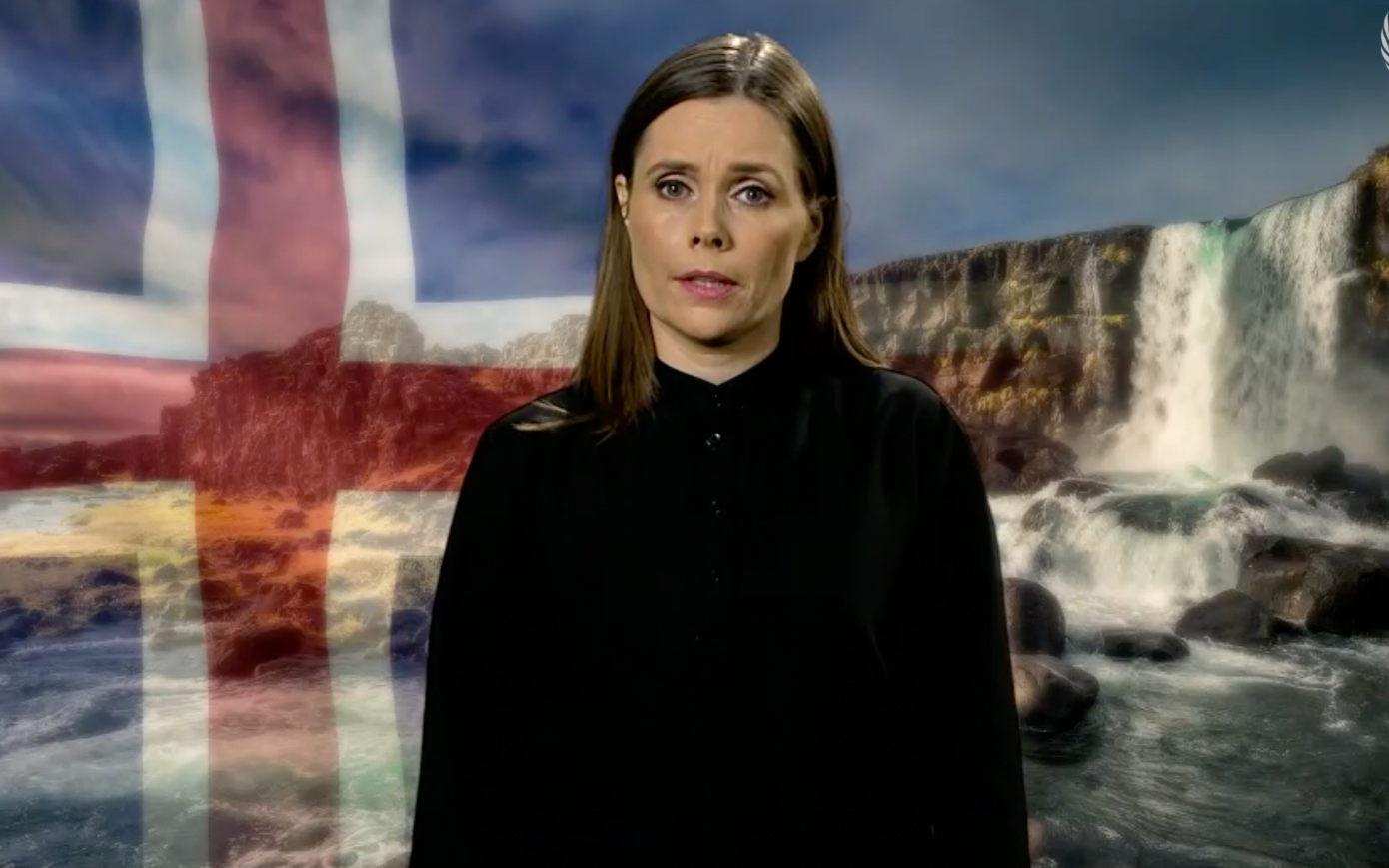
Katrín Jakobsdóttir, Prime Minister of Iceland
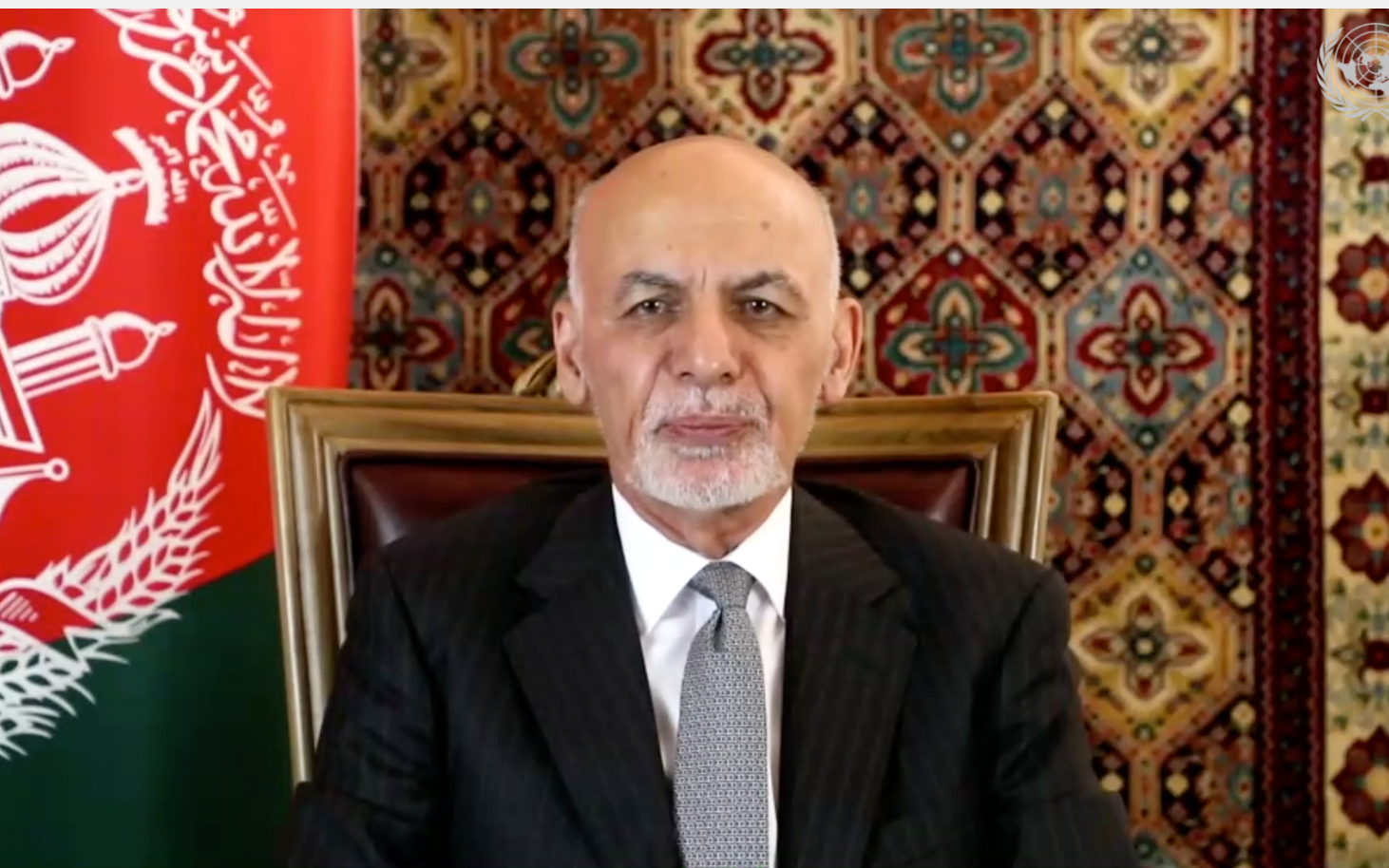
Ashraf Ghani, President of Afghanistan

Lotay Tshering, Prime Minister of Bhuan
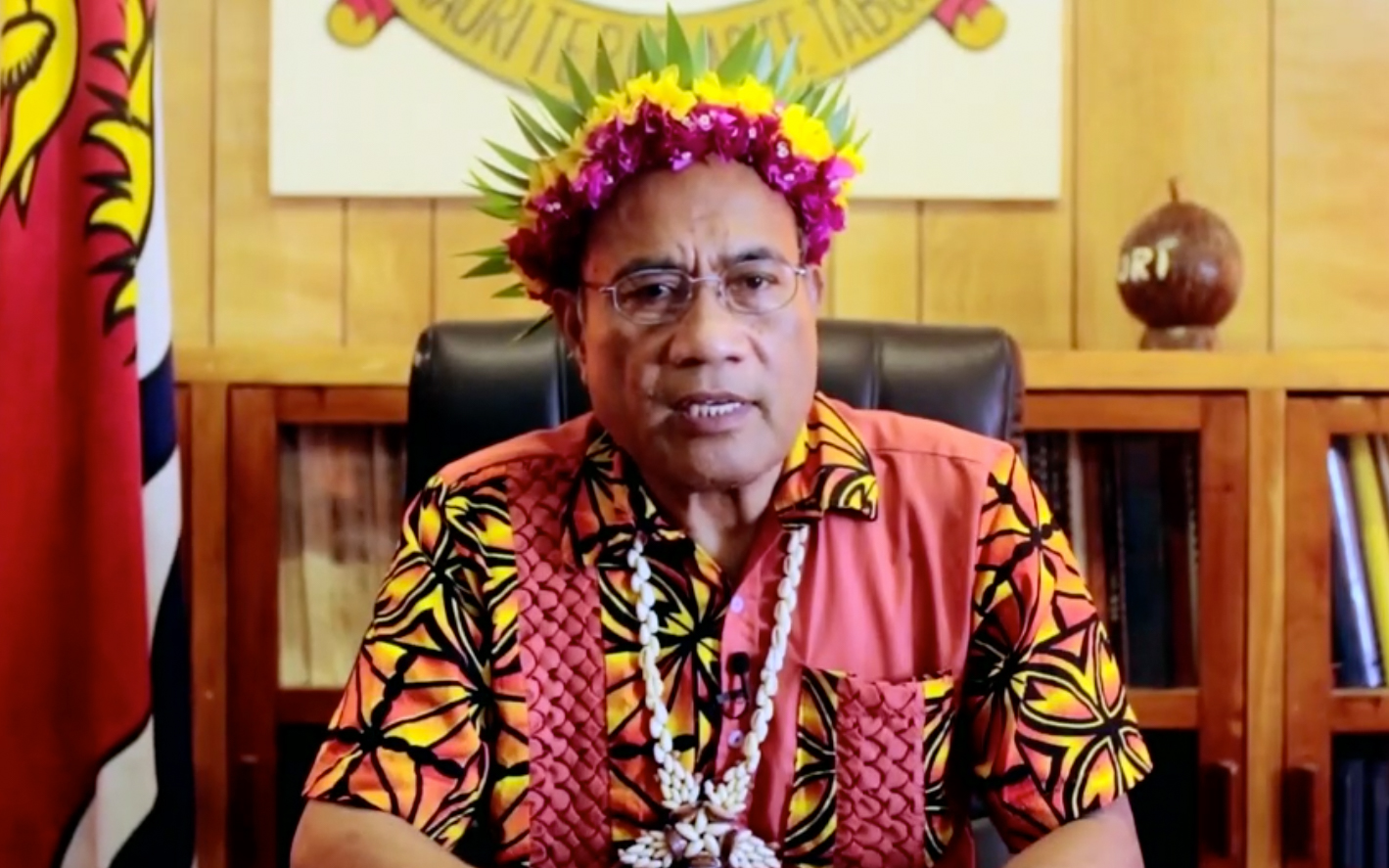
Taneti Maamau, President of Kiribati
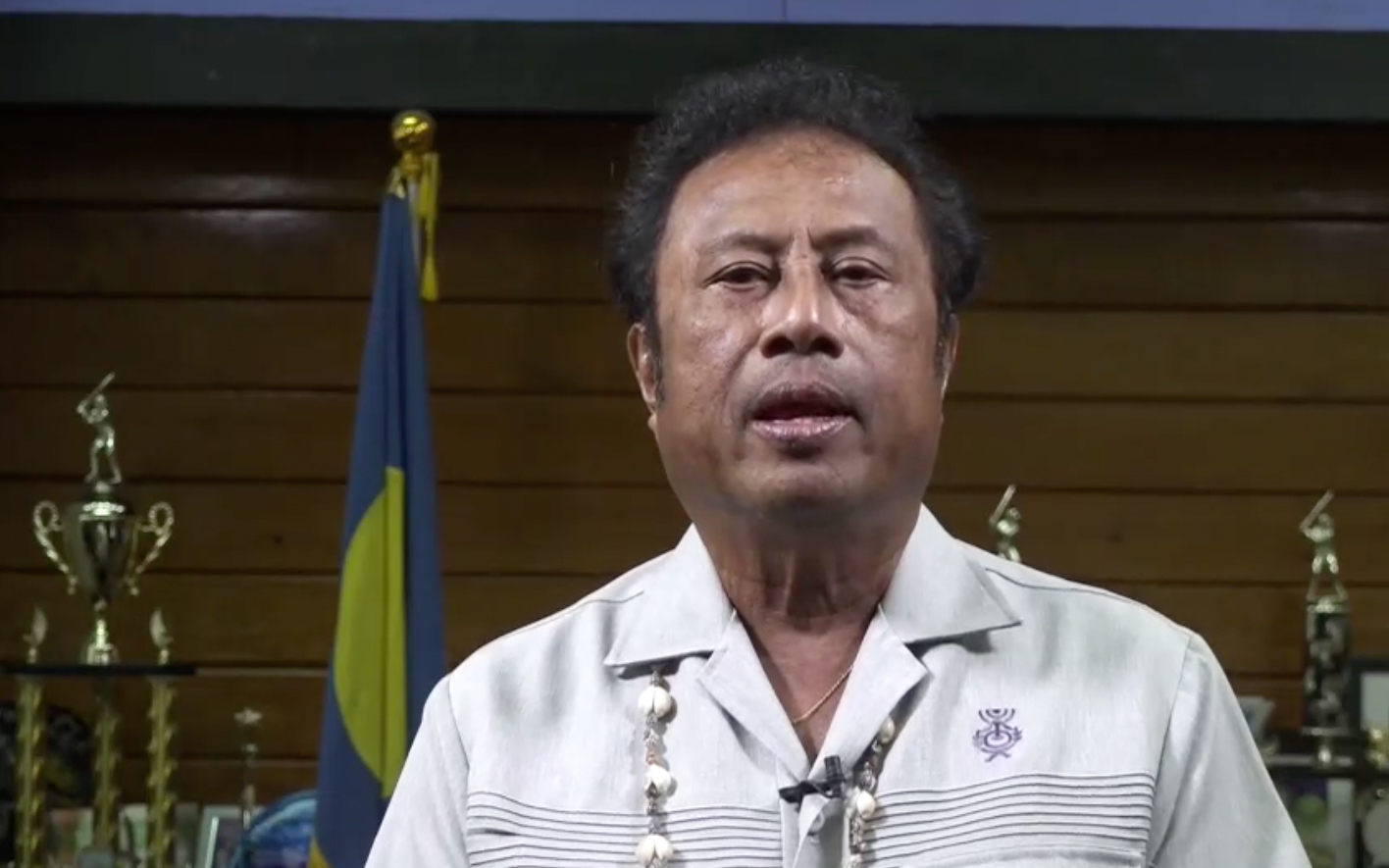
Tommy E. Remengesau, President of Palau
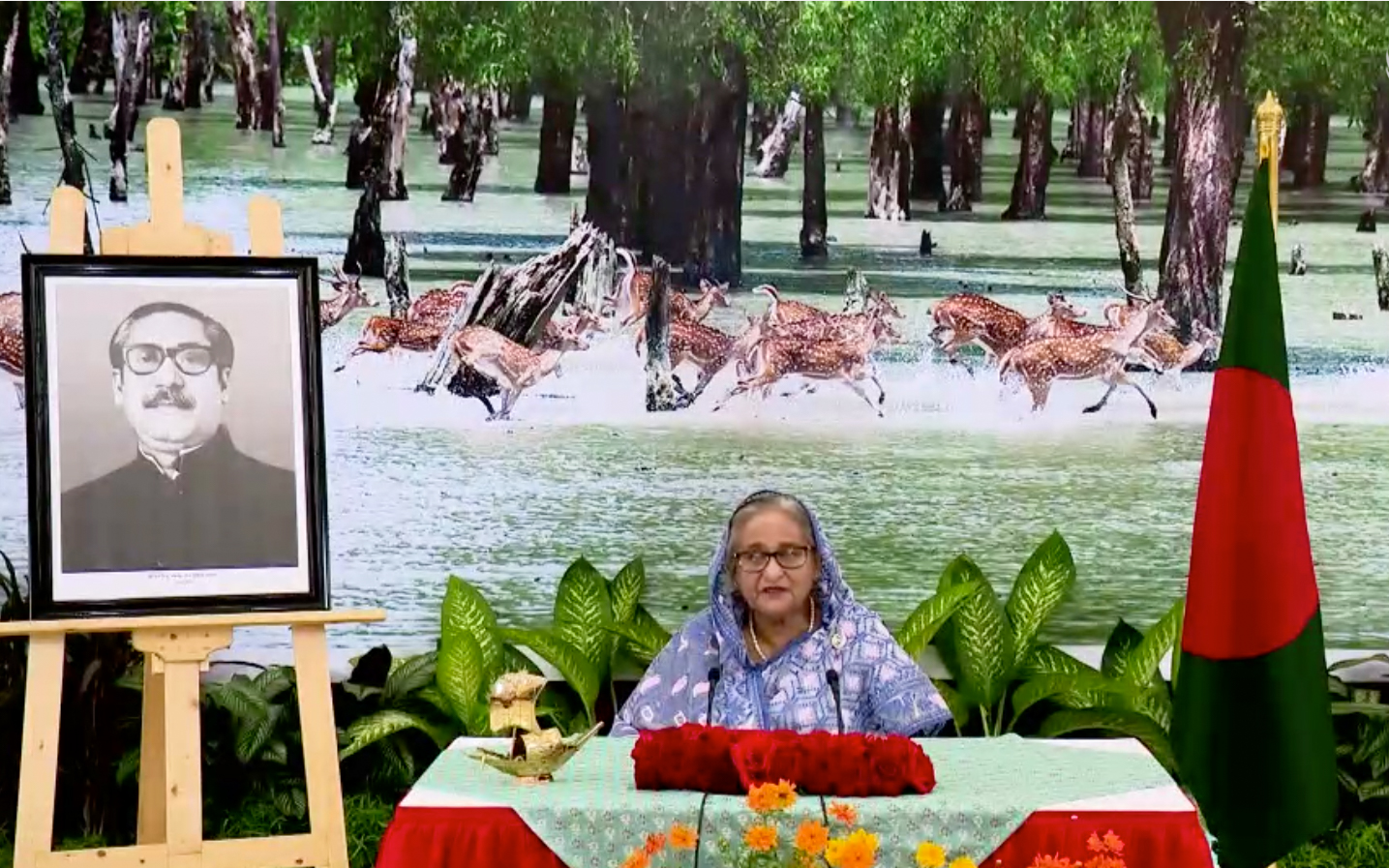
Sheikh Hasina, Prime Minister of Bangladesh

K. P. Sharma Oli, Prime Minister of Nepal
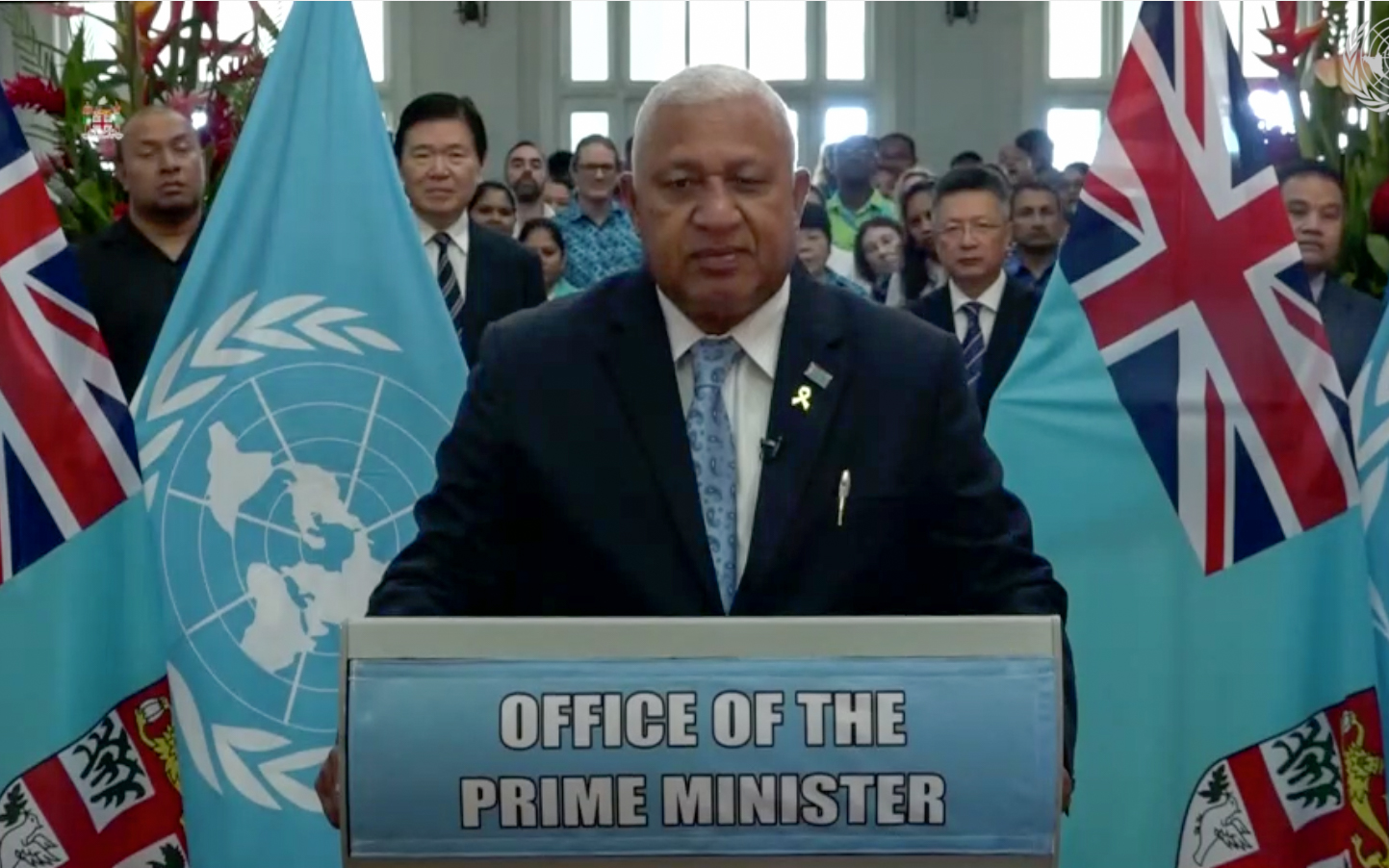
Frank Bainimarama, Prime Minister of Fiji
Nothing At All
And then there were the world leaders who presented simply themselves – no flags, no podiums, nothing deeply cultural – just them and the symbols that represent them in the background. Perhaps this is the strongest representation of power yet – when you don’t have to make a statement about who you are, you just are.

Angela Merkel, Chancellor of Germany
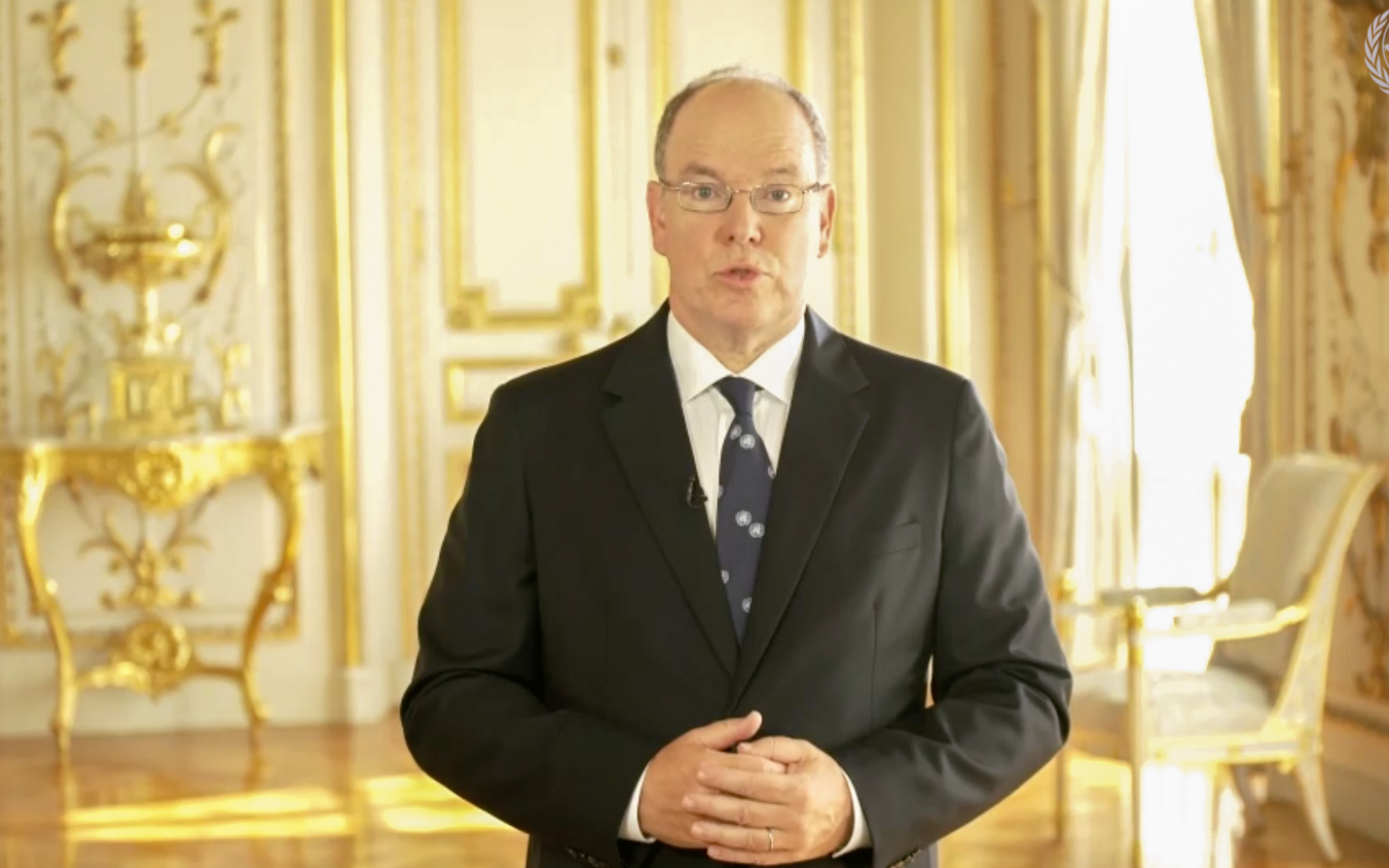
Albert II, Prince of Monaco
It’s interesting to see power presented in this way, and the different meanings that power has to different people. What does power look like to you and if you had to represent your power, how would you do it?



